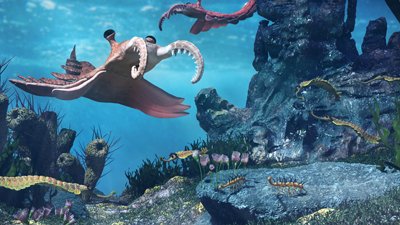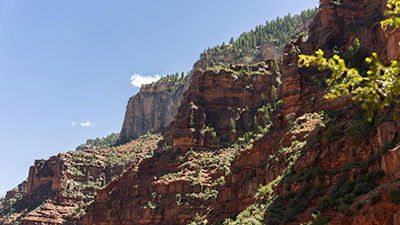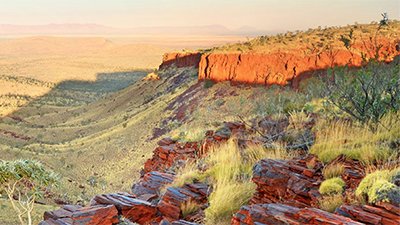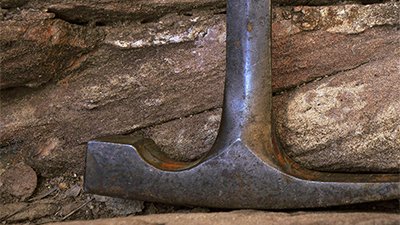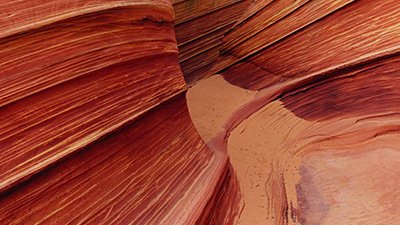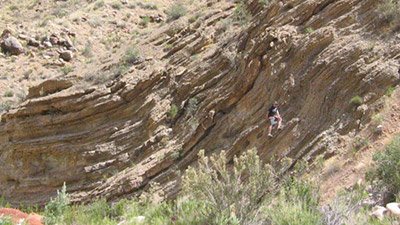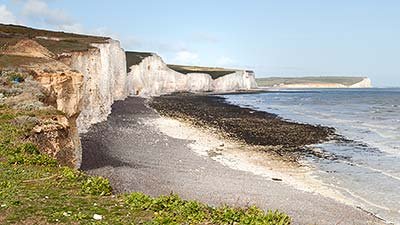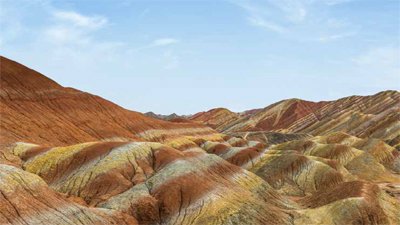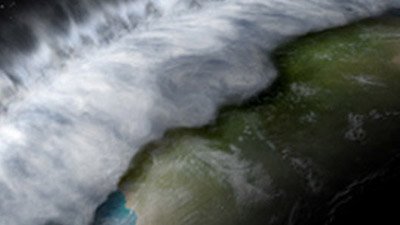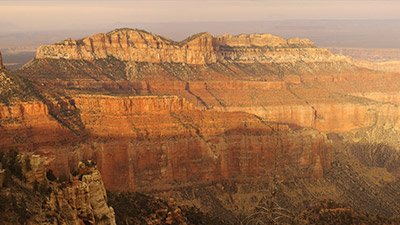Rock Layers
From Flood Geology
News About Rock Layers
-
June 14, 2021 from Ken Ham Blog
The Cambrian explosion is a collection of fossils in a rock layer laid down during the global flood.
Articles About Rock Layers
-
Nov. 7, 2025 from Answers in Depth
Dr. Snelling sets the stage by examining the critics’ worldview and the implications of the Tapeats Sandstone’s areal extent.
-
Aug. 27, 2023 from Answers Magazine
Conventional wisdom assumes the mud in earth’s mudrocks took millions of years to settle. What do new experiments suggest?
-
Jan. 28, 2023 from Answers Magazine
Even today you can touch rocks that date all the way back to God’s original creation. What do they tell us about that lost world?
-
Dec. 29, 2021 from Answers Magazine
Searching for evidence of the global flood led Dr. Andrew Snelling into the Grand Canyon—and sparked the fight of his career.
-
July 10, 2021 from Answers Magazine
In many mountainous areas, rock layers thousands of feet thick have been bent and folded without fracturing. How can that happen if they were laid down separately over hundreds of millions of years?
-
Dec. 30, 2020 from Answers Magazine
How could a series of sedimentary layers fold without fracturing? The only way is for all the sedimentary layers to be laid down in rapid succession and then be folded while still soft and pliable.
PDF Download -
July 19, 2018 from Refuting Common Evolutionist Claims
Riding the rapids between walls of the Grand Canyon, a rafter supposedly peers up at millions of years. How do scientists arrive at such an old age?
-
Oct. 30, 2016 from Answers Magazine
According to science textbooks, a series of rock layers covers the earth, representing many eras over “millions of years.” Are these charts accurate?
-
Sept. 4, 2016 from Answers Magazine
People often refer to rock layers as though the earth is made of solid rock, impervious to water. Thankfully, this isn’t true.
-
June 19, 2016 from Answers Magazine
At today’s rate of ocean-floor buildup, chalk layers would take millions of years to form. How do creationists explain them?
-
Oct. 1, 2014 from Answers Magazine
Like every other rainbow, China’s Rainbow Mountain was formed by water.
-
Oct. 1, 2008 from Answers Magazine
The biblical framework of history explains the world around us.
PDF Download -
May 7, 2008 from Answers Magazine
Every continent contains layers of sedimentary rocks that span vast areas. Many of these layers can even be traced across continents.
PDF Download -
Magazine ArticleGranite and the Rock of God’s WordSept. 1, 1996, pp. 15–16
As far as this ‘granite problem’ is concerned, there would now seem to be a glimpse of an answer developing, on the basis of experimental work done by non-creationist geologists.
-
Magazine ArticleChalking Up Another One For Flood GeologyJune 1, 1994, pp. 46–47
The famous White Cliffs of Dover, immortalized in song and print, are made of a type of limestone called chalk. If you look at this rock closely, it is made up largely of microscopic shells.
-
Magazine ArticleThe Case of the ‘Missing’ Geologic TimeJune 1, 1992, pp. 30–35
Traditional evolutionary geology maintains that the deposition of sediments to form major rock layers often takes long periods of time.

Answers in Genesis is an apologetics ministry, dedicated to helping Christians defend their faith and proclaim the good news of Jesus Christ.
- Customer Service 800.778.3390
- Available Monday–Friday | 9 AM–5 PM ET
- © 2026 Answers in Genesis


